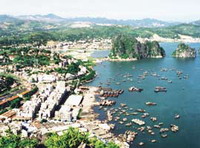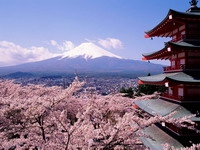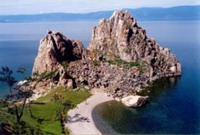Login form
Places
Rome, Italy

“ALL ROADS LEAD TO
In ancient times,
Mount Everest
Mount Everest, mountain peak in the Himalayas of southern
Mount Everest was known as Peak XV until 1856, when it was named for Sir George Everest, the surveyor general of
Ha Long Bay-The New World Natural Heritage

“Ha Long” is literally translated as "
This was also witnessed by many of the crews. Thus emerged the European image of the Asian dragon. Whether this appearance of a strange animal looking like a dragon resulted the name of Ha Long Bay is not known (Reference “Quang Ninh: Art and Culture” published in 2002).
Fuji Mountain-The Symbol of Japan

Fuji (mountain) or Fujiyama, also Fuji-san, celebrated dormant volcano of Japan, southern Honshū Island, near Tokyo.Fuji, the highest mountain in Japan, rises as a cone to a height of 3,776 m (12,387 ft) above sea level, with the apex broken by a cone-shaped crater 610 m (2000 ft) in diameter.
The southern slopes extend to the shore of Suruga Bay, and the isolated peak can be seen from many of the outlying prefectures.
The mountain is part of Fuji-Hakone-Izu National Park, the most popular vacation area in Japan.
Lake Baikal

Lake Baikal is in Southern Siberia in Russia, located between Irkutsk Oblast to the northwest and the Buryat Republic to the southeast, near the city of Irkutsk. It is also known as the "Blue Eye of Siberia". It contains more water than all the North American Great Lakes combined. At 1,637 meters (5,371 ft), Lake Baikal is the deepest lake in the world, and the largest freshwater lake in the world by volume, holding approximately twenty percent of the world's total surface fresh water. There are 336 rivers and streams flowing into Baikal. Over thousands of years, the basin was filled by water from rain, rivers and streams. Like Lake Tanganyika, Lake Baikal was formed in an ancient rift valley and therefore is long and crescent-shaped with a surface area (31,500 km²) less than half that of Lake Superior or Lake Victoria. Baikal is home to more than 1,700 species of plants and animals, two thirds of which can be found nowhere else in the world and was declared a UNESCO World Heritage Site in 1996. At more than 25 million years old, it is the oldest lake in the world.

